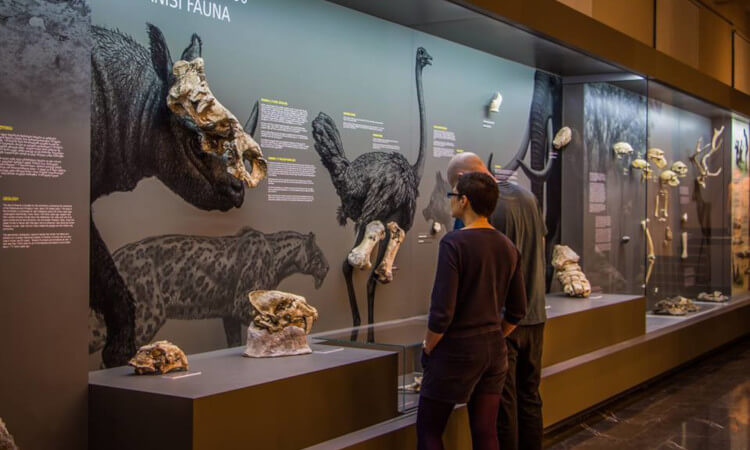Oldest DNA Extracted from Animal Remains Found in Dmanisi
The world’s leading scientific journal Nature devotes an article to the new discovery which is linked to the archaeological site of Dmanisi, South Georgia, titled “Early Pleistocene enamel proteome from Dmanisi resolves Stephanorhinus phylogeny“.
The article reports that the scientists successfully sequenced DNA data from a tooth of an ancient rhinoceros found in Dmanisi archaeological site, shifting the date of the oldest genetic information recovered from animal fossils back by a million years.
“Our findings reveal that proteomic investigation of ancient dental enamel—which is the hardest tissue invertebrates, and is highly abundant in the fossil record—can push the reconstruction of molecular evolution further back into the Early Pleistocene epoch, beyond the currently known limits of ancient DNA preservation”, – the scientists claim.

Until now, the earliest DNA sequenced from animal fossils was considered to be the one from remains of a horse dated back 700,000 years and discovered in north-western Canada.
An article from the University of Cambridge called the study a “breakthrough in the field of ancient biomolecular studies” which “could solve some of the biggest mysteries of animal and human biology”.
Dmanisi is a town and archaeological site in the Kvemo Kartli region of Georgia approximately 93 km southwest of the nation’s capital Tbilisi. The hominin site is dated to 1.8 million years ago. It was the earliest known evidence of hominins outside Africa before stone tools dated to 2.1 million years were discovered in 2018 in Shangchen, China.
Photo: Georgian National Museum
By Ana Dumbadze











